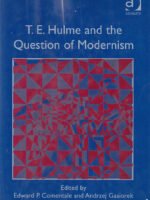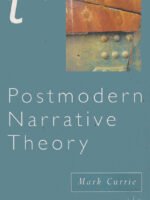Technological optimism, even utopianism, was widespread at midcentury; in Britain, Harold Wilson in 1963 promised a new nation “forged from the white heat of the technological revolution.” In this heady atmosphere, pioneering artists transformed the cold logic of computing into a new medium for their art, and played a central role in connecting technology and culture. White Heat Cold Logic tells the story of these early British digital and computer artists—and fills in a missing chapter in contemporary art history.
In this heroic period of computer art, artists were required to build their own machines, collaborate closely with computer scientists, and learn difficult computer languages. White Heat Cold Logic‘s chapters, many written by computer art pioneers themselves, describe the influence of cybernetics, with its emphasis on process and interactivity; the connections to the constructivist movement; and the importance of work done in such different venues as commercial animation, fine art schools, and polytechnics.









Be the first to review “White Heat Cold Logic”